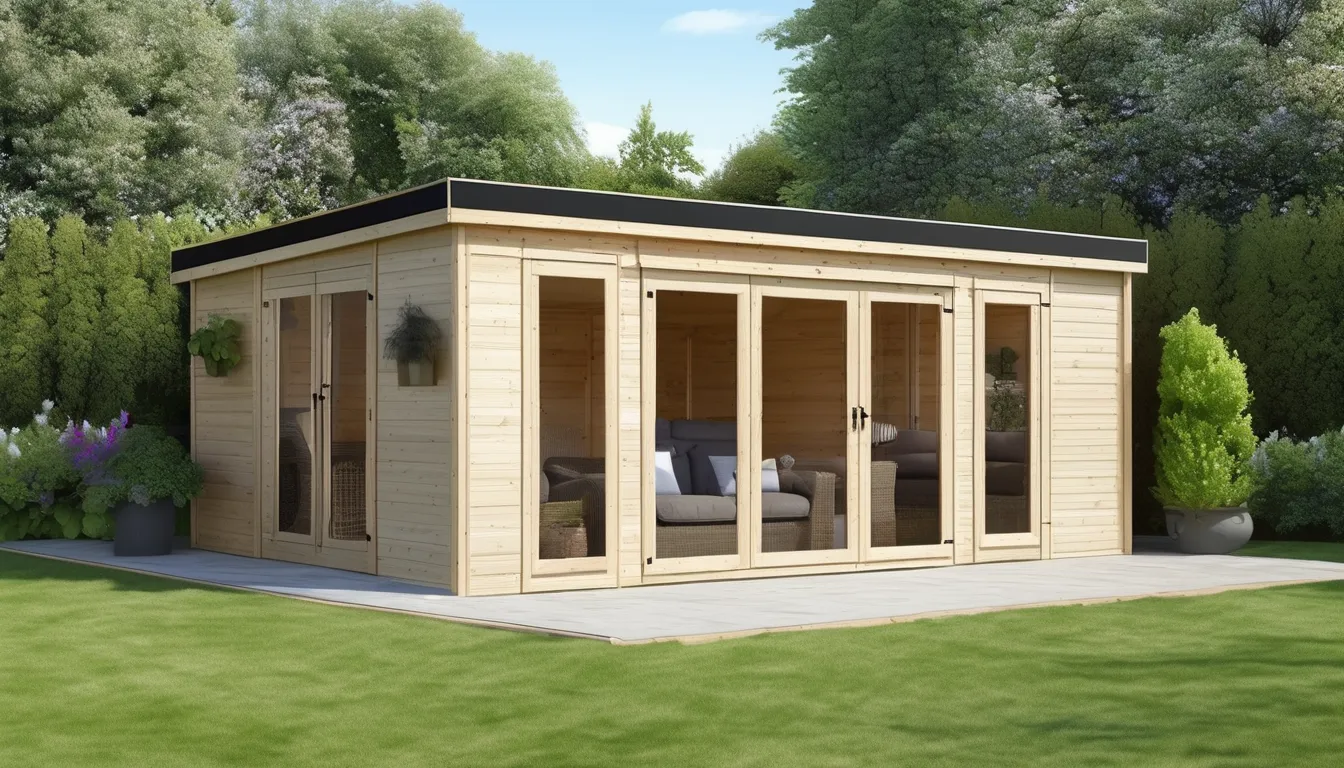
When installing a Deck Guardian system, you’re likely eager to get started and enjoy your new outdoor space. However, it’s essential to take a step back and assess the process to avoid costly installation errors. As you prepare to begin, you might be wondering what common mistakes to watch out for and how to ensure a structurally sound deck that can support the system’s weight. As you move forward, understanding the specific requirements and potential pitfalls of Deck Guardian installation will be crucial – and that’s exactly what we’ll explore next, starting with the fundamentals of the system. chesterfield deck builder.
Understanding Deck Guardian Requirements
When installing a Deck Guardian, you’ll need to understand the system’s specific requirements to ensure a smooth and trouble-free process. This includes knowing the type of deck you’re working on, whether it’s a new installation or an existing deck.
You’ll need to familiarize yourself with the manufacturer’s instructions, which will provide you with detailed specifications for installation.
The instructions will cover aspects such as deck type, size, and material, as well as any specific requirements for the Deck Guardian system.
You’ll also need to consider the load requirements for your deck, taking into account factors such as foot traffic, weather conditions, and any heavy objects that will be placed on the deck.
Ensure that your deck is structurally sound and can support the weight of the Deck Guardian system, as well as any additional loads.
Pre-Installation Preparation Mistakes
Proper pre-installation preparation is crucial to a successful Deck Guardian installation. You must carefully read and follow the manufacturer’s instructions to avoid common mistakes. Failing to do so can lead to incorrect installation, damage to your deck, or even safety hazards.
Before starting the installation process, you should ensure that your deck is clean and free from debris.
Remove any existing railings, guardrails, or other obstructions that may interfere with the Deck Guardian system. Check the condition of your deck’s posts and footings to ensure they’re sturdy enough to support the weight of the Deck Guardian system.
Additionally, verify that you have all the necessary tools and materials before starting the installation.
Double-check the packaging to ensure that all components are included and undamaged. You should also consult local building codes and regulations to ensure that your Deck Guardian installation meets all requirements.
Incorrect Post Installation Techniques
Incorrectly installed deck posts can compromise the structural integrity of your entire Deck Guardian system. This is why it’s crucial that you follow the manufacturer’s instructions and take your time when installing the posts.
One common mistake people make isn’t digging deep enough for the post footings. You should dig at least four inches below the frost line to ensure the posts are stable and won’t shift over time.
Also, make sure the post footings are at least 18 inches deep and 18 inches wide to provide sufficient support.
Another mistake isn’t using the correct type of anchor bolt. You should use anchor bolts specifically designed for Deck Guardian systems, as they provide the necessary strength and stability.
Additionally, ensure that the posts are spaced correctly, usually 36 inches apart, to provide adequate support for the deck.
It’s also important to use post sleeves and prevent water from entering the sleeve to prevent damage to the post.
Deck Guardian Rail Installation Issues
With your deck posts securely in place, it’s time to focus on installing the railings that will complete your Deck Guardian system and provide a safe barrier for your outdoor space.
When installing the railings, you’ll need to ensure that they’re properly aligned and securely attached to the posts. Start by measuring the space between the posts to determine how many rail sections you’ll need.
Then, use the manufacturer’s instructions to attach the rail sections to the posts, making sure to follow the recommended spacing and alignment guidelines.
During the installation process, pay attention to the baluster spacing, as improper spacing can lead to safety issues.
Additionally, ensure that the railings are securely attached to the posts using the recommended fastening system. Avoid using makeshift fastening methods, as they can compromise the integrity of the system.
Also, double-check that the railings are level and plumb to prevent any wobbling or instability.
Final Inspection and Maintenance Tips
You’ve completed the installation of your Deck Guardian system, but before putting it into use, it’s crucial to conduct a final inspection to catch any potential issues.
Double-check that all connections are secure and tightened properly. Verify that the rail is level, plumb, and securely attached to the deck or building. Ensure that all components, including the rail, posts, and infill, are properly aligned and securely fastened.
Next, perform a series of tests to ensure the system functions as intended. Apply pressure to the rail to ensure it can withstand the intended loads. Check for any gaps or weaknesses in the infill. Verify that all gates and doors operate smoothly and securely.
To maintain your Deck Guardian system, establish a regular inspection schedule. Check the system every six months for signs of wear, damage, or corrosion. Make any necessary repairs or replacements promptly to prevent more extensive damage. Clean the system regularly to prevent dirt and debris buildup. By following these final inspection and maintenance tips, you’ll help ensure your Deck Guardian system provides years of reliable service.
Conclusion
By following Deck Guardian’s manufacturer instructions and avoiding common installation errors, you’ll ensure a structurally sound deck that can support the system’s weight. Double-checking your work, maintaining correct spacing, and verifying the system’s level and plumb will save you time and money in the long run. Regular inspections and maintenance will also extend the lifespan of your deck. It’s your responsibility to get it right from the start.



